- /
- Blog
- /
- Google Ads Success: Strategy...
Google Ads Success:
Strategy & Key Metrics
Google Ads Success: Strategy & Key Metrics
In the age of technology, business visibility is vital for growth. Be it a budding business or a prominent brand, success relies on reaching the ideal audience at the perfect moment. As there are billions of searches done on Google every day, capitalizing on Google Ads can significantly drive targeted traffic, enhance brand visibility, and increase conversions. However, simply advertising isn’t enough. Marketers must leverage various metrics to build effective campaigns, assess their results, and ensure maximum ROI.
In order to get the most out of Google Ads, having a well-defined plan in place is necessary. This blog aims to highlight best practices in structuring Google Ads as well as identifying metrics that matter.
How do I create effective Google Ads?
In Answer: Effective Google Ads incorporate a strong and relevant advertisement, related keywords, and a strong call to action. Professional Google Ads Marketing Agencies in Hyderabad can help you with creating ad copy that drives clicks.
1. Define Clear Campaign Goals : Before anything, one must first clarify the purpose of the advertisement. Is it to drive brand awareness, lead generation, traffic to the site, or sales? What your goals are will determine what type of campaign should be run whether that is Search, Display, Shopping, or Video Ads.
2. Research the Keywords Your Audience Will Look For : Without relevant keywords, Google Ads will fall flat. Identify high-volume keywords with low competition using tools like Google Keyword Planner or SEMrush. Try to balance both long-tail and short-tail keywords to maximize the chances of capturing a high volume of searches.
3. Edit and Improve Your Ad Copy : Make sure that your ad copy offers value and is easy to read. Make sure to add: An easy-to-understand description that draws in users. A compelling header that invites notice. A standout call to action (CTA), such as “Sign Up Today,” or “Get a Free Quote,” to drive clicks.
4. Improve Your Landing Page : For your conversion rates to improve, you need a well designed landing page. The moment someone clicks on your ad, they should be directed to a page that has a pleasing look and feel, fast loading speeds, and most importantly, makes sense for your ad. Don’t forget to add easy to understand CTAs!
5. Use Extensions Advertisements : Extensions help improve an ad’s performance by increasing exposure. Do not forget to add ad extensions like: Sitelink Extensions – Let users jump to selected pages. Call Extensions – Help users link to you instantly. Location Extensions – Let clients easily and quickly locate your outlet.
6. Choose Your Bid Strategy And Set Your Budget : Your budget should reflect your advertising goals. For many acquired clicks, use strategies like: Target CPA (Cost Per Acquisition) – enables you to value conversions at a specific cost. Maximize Clicks – improves chances of increasing website traffic.
Return Target ROAS (Return On Ad Spend) – Best suited for campaigns focused on generating revenue.
7. A/B Advertisement Testing : To get the best advertisement efficiency, it is important to test variations in the advertisements that are being displayed, which includes images, descriptions, and their respective headlines. A/B testing is done to get accurate results for which version performs the best.
What metrics need to be tracked for evaluation of the Google Ads performance?
In Answer: Google Adwords report tools enables one to track impressions, clicks, CTR, and conversions, while Google analytics provides additional assistance in improving the campaigns. Key Metrics To Monitor in Google Ads Performance
1. Click-Through Rate (CTR) : This relates to the number of people who have clicked the advertisement as compared to those who viewed the advertisement. A high click-through rate means a positive engagement result for the ad.
2. Quality Score : On a scale of 1 to 10, Google assesses the account’s Quality Score depending on the keyword relevance, ad quality, and landing page experience. A higher score can lead to a lower CPC and better ad rank.
3. Cost Per Click (CPC) : CPC determines the amount spent for the ad per user click. The lower the CPC rate while maintaining high conversions, the more effectiveness the ads have.
Want to maximize your marketing ROI? Our audit & consulting services help identify what’s working and what’s not.
4. Conversion Rate : How many users completed the intended result of clicking the ad, whether it be signing up, purchasing, or filling a form out.
5. Cost Per Acquisition (CPA) : The cost per acquisition benchmark means the amount spent to acquire a customer or a lead. A low CPA means it is cost-effective.
6. Return on Ad Spend (ROAS) : Return on Ad Spend defines the revenue earned from advertising in relation to the ad spend. A campaign that has high revenue profitability has a high ROAS.
7. Impression Share : This KPI reveals the ad’s display ratio to the total impression opportunities. Low impression share usually points to either underfunding or low bids.
8. Bounce Rate : If people quit the landing page without participating, that could be a sign of low ad relevance or bad landing page experience.
To get the most out of Google Ads, it is essential to work on the copy, keywords, and landing pages in tandem. But looking at the performance metrics selected and analyzing them is just as important since Google Ads can be fine-tuned for better performance and more results. Improving the tracking and optimization of your Google Ads will help you achieve higher engagement, more conversions, and an increase in ROI over time.
Share this Article On:
Recent Updates
- 12 February 2025
- 12 February 2025
- 12 February 2025
- 12 February 2025
- 12 February 2025
Have a Question?
If you cannot find answers to your queries, please fill out the enquiry form. We will contact you shortly.








